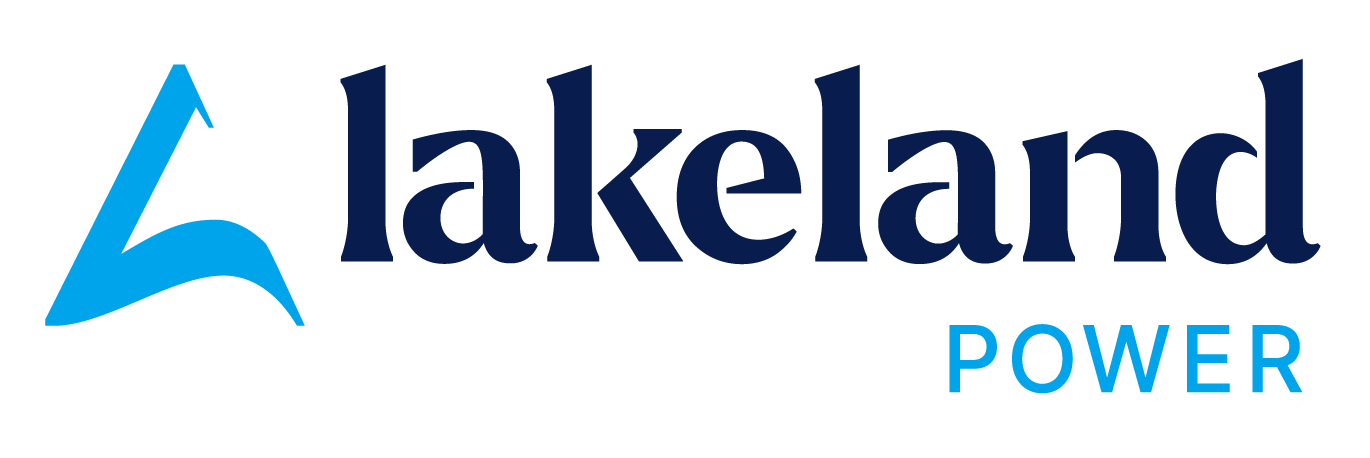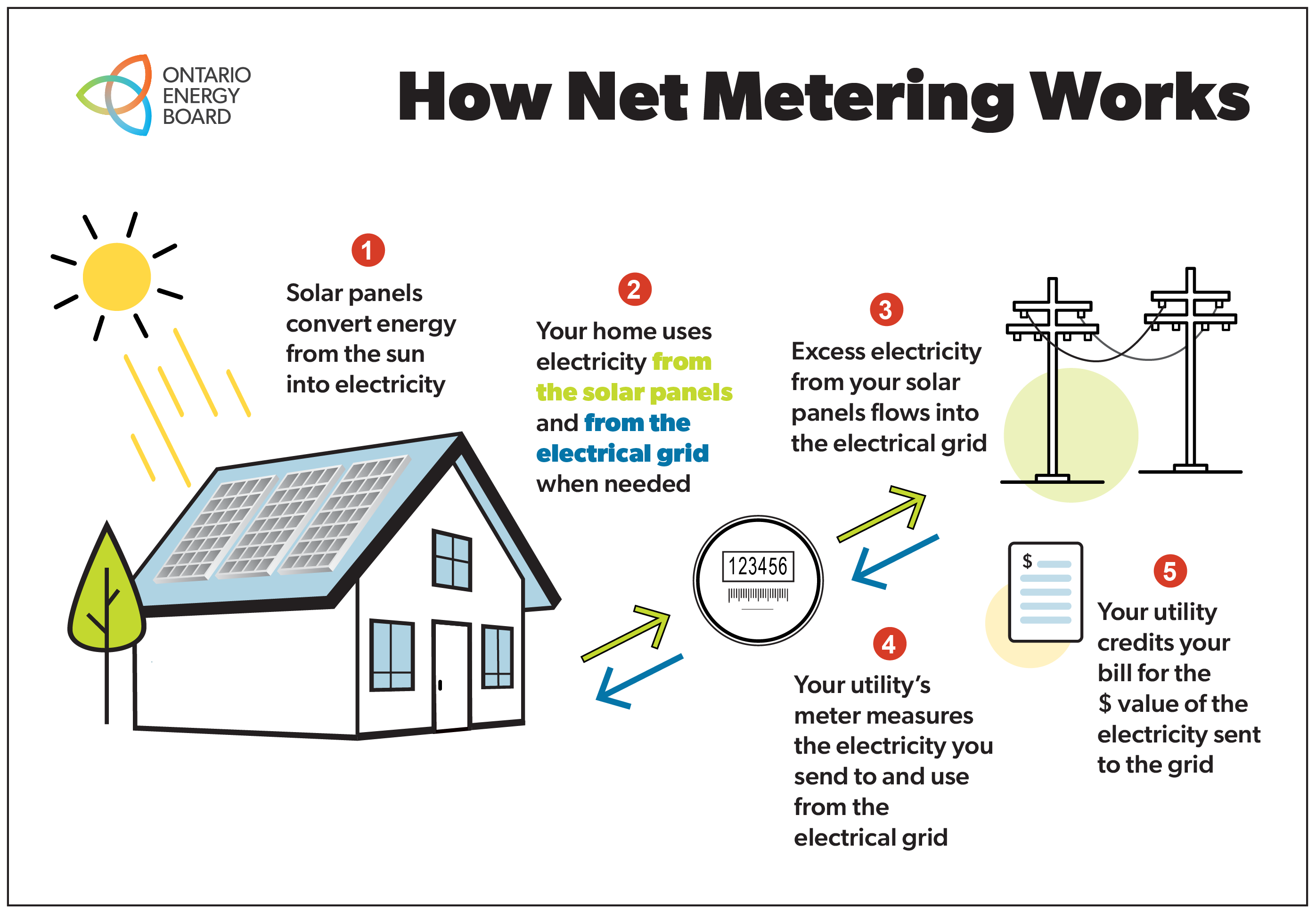To be eligible for net metering, you must be generating renewable electricity primarily for your own use. You will have to enter into a net metering agreement with your utility to send any excess renewable electricity to their grid in exchange for on-bill credits. You will also need to apply to your utility to connect the renewable energy system to their grid and meet their technical, safety and inspection requirements. And a reminder, before investing in or planning for a renewable energy system for net metering purposes, contact your utility to confirm that you’re eligible and that the renewable energy system can be connected to their grid.
How net metering works
- Renewable energy systems generate electricity from renewable sources. For example, solar panels convert energy from the sun into electricity.
- Your home or business uses electricity from the renewable energy system and your utility’s electricity grid when needed.
- When the renewable energy system produces more electricity than you can use, the excess electricity flows into your utility’s grid.
- Your utility measures the electricity you use from, and send to, their grid.
- Your utility bills you for the electricity you consume from their grid and gives you a credit on your electricity bill in return for the renewable electricity you sent to the grid. If you have credits left over, they can be carried over to future bills for up to 12 months.


